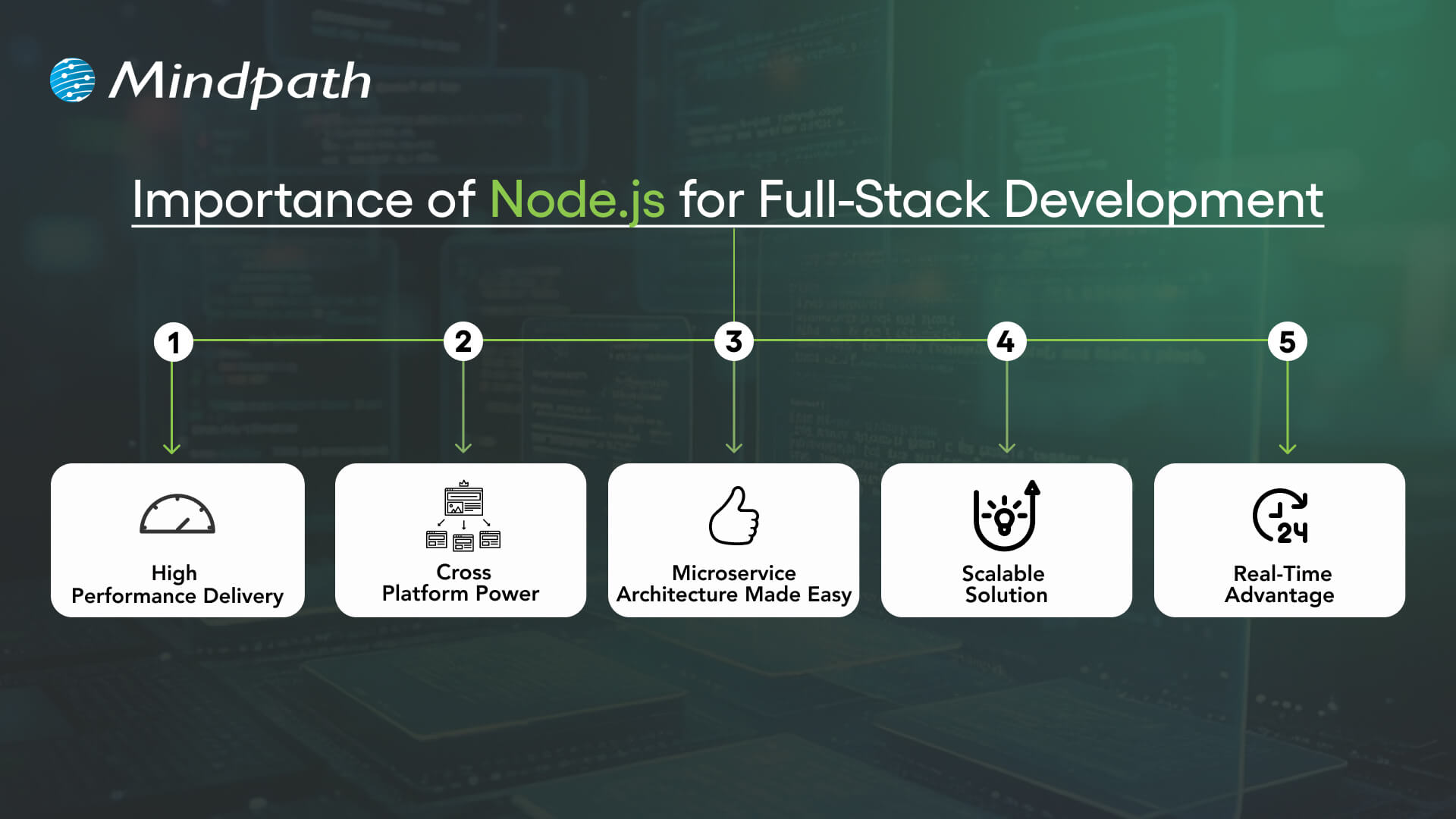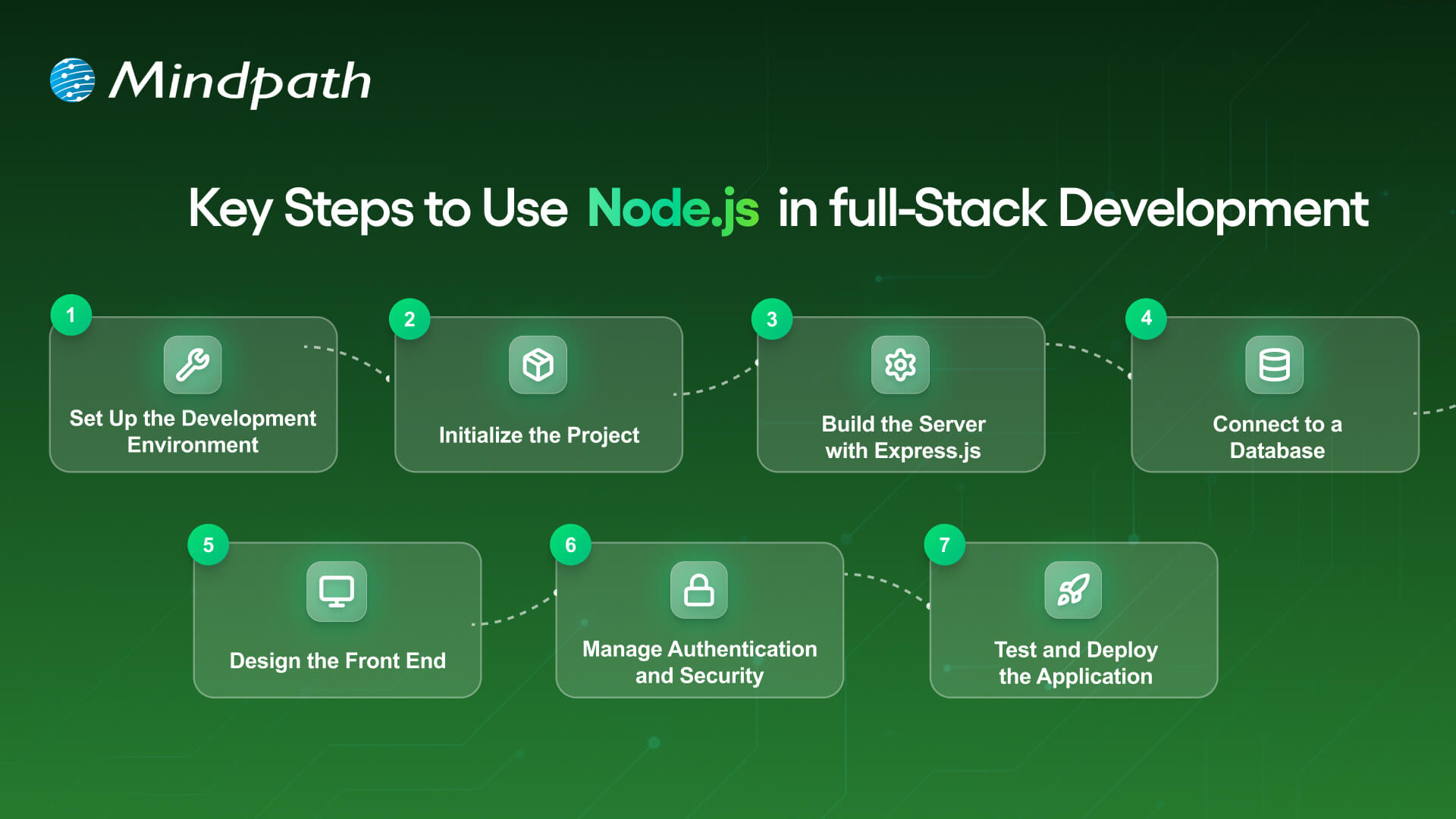Benefits of AI in Cloud Computing
1. Scalability
AI enhances scalability by automating a variety of processes, allowing cloud providers to operate huge data centers with flexible scalability that would be difficult to achieve if everything was manually managed. This implies that cloud providers may easily scale capacity up or down to meet demand, all without requiring human interaction. Cloud users across various industries, including marketing, shipping, and healthcare, benefit from this efficiency too. AI enables these organizations to easily scale up their operations with fewer workers, making it simpler to handle rising workloads or extend services as needed. This enables firms to expand and adapt more quickly and efficiently.
2. Improved Security
AI plays an important role in improving security by constantly monitoring networks and users inside a well-designed data security architecture. It looks for changes that might suggest a concern, such as possible threats or unusual conduct. Unlike humans, AI can quickly and completely analyze massive volumes of network data, discovering problems faster and more efficiently.
3. Enhanced Productivity and Efficiency
AI excels at dealing with complex or time-consuming activities that humans struggle with. Businesses may use AI-powered systems to do tasks such as document management, package sorting, invoice matching, and document summarization (such as legal briefs) far quicker and more accurately than people can. This increase in efficiency enables employees to focus on more difficult activities that need human judgment, creativity, and relationship-building, so increasing total productivity.
4. Cost Effective
AI reduces expenses by completing complicated jobs faster and with fewer people engaged. This encompasses IT administration, data security, and commercial operations such as automated help desks. Customers may use AI to modify their cloud use based on their changing demands, which saves them money. Customers may grow more loyal when they see these savings, particularly to cloud providers who provide clear and transparent invoicing. When current customers utilize more cloud services, suppliers may make more money than if they were continuously recruiting and onboarding new consumers.
5. Cloud Management
AI allows cloud services to run more efficiently at scale by automating numerous IT administration chores. For example, AI can handle service provisioning and scalability, detect and avoid errors, and protect against cyberattacks, all with minimum human intervention. Additionally, AI simplifies tracking service consumption and billing, as well as workload monitoring and management for clients, making these procedures more scalable and manageable.
6. Personalization
AI’s powerful pattern recognition and observational capabilities help businesses, particularly cloud providers, to obtain a better understanding of their customers’ behavior and preferences. This enables organizations to provide more personalized services and suggestions, improving client happiness, retention, and income.
Curious how AI can transform your cloud strategy?
With Mindpath’s expertise, we turn your vision into reality, optimizing your systems for exceptional results.
Choose Mindpath for Accelerating AI in Cloud Computing
1. Experience in AI and Cloud Integration
Mindpath has years of expertise in both AI and cloud technologies, allowing a smooth integration that leverages on the strengths of both domains. Our team excels at implementing powerful AI algorithms and machine learning models in cloud environments, hence improving performance and driving innovation.
2. Improved Security and Compliance
Security is a significant priority for Mindpath. We use strong cloud security methods to secure your data and AI models. From identity and access control to continuous monitoring, our security methods guarantee your cloud environment is secure and meets industry requirements.
3. Flexible Solutions for Growth
Your demands will change as the company expands. Mindpath’s AI and cloud solutions are designed to expand with your company, allowing you to modify resources and capabilities as needed. This scalability enables you to manage larger workloads and grow your operations while maintaining performance.
4. Established Track Record
Mindpath has a proven track record of successfully completing AI and cloud projects. Our case studies and customer testimonials show our ability to deliver major gains in efficiency, productivity, and creativity for firms across various sectors.
End Note
As AI and cloud computing grow, their synergy transforms company operations, resulting in unparalleled levels of efficiency, security, and creativity. Embracing this strong mix enables businesses to effortlessly grow operations, increase efficiency, and cut costs, all while providing personalized experiences to customers. At Mindpath, we recognize the enormous potential of combining AI with cloud technologies. Our knowledge guarantees that you not only make use of AI’s full potential but also apply them safely and effectively in the cloud. Partnering with us allows you to seize new chances for growth and stay ahead in an increasingly competitive market.
Ready to see AI and cloud computing revolutionize your business?
At Mindpath, we specialize in turning complex challenges into innovative solutions, driving efficiency and growth.














